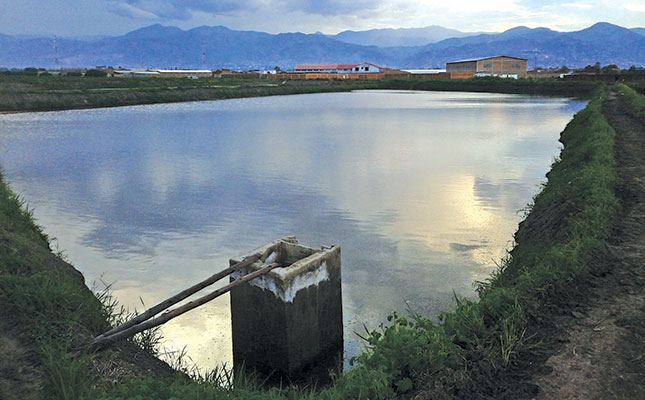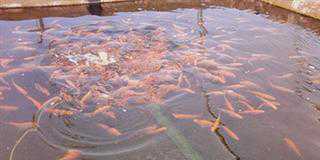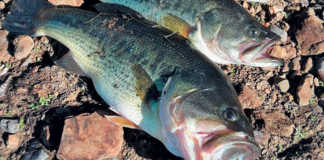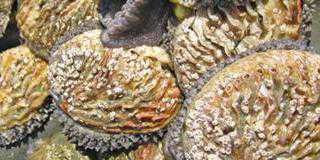
Tilapia have been reared experimentally in recirculating systems around South Africa for the past three years. By now it is clear that there is a real need to produce this commodity more cheaply and simply.
Recurring costs such as feed and electricity, and the complexity of intensive systems, indicate that simpler systems are required to produce bulk quantities of smaller- sized fish for informal markets. Pond aquaculture may be the answer.
Water: the crucial factor
It is often thought that lack of water is a limiting factor in the warmer provinces. Both Limpopo and Mpumalanga have numerous large dams.
Mpumalanga has 14 state dams in the Lowveld, while Limpopo has some 100 large dams, about 40 of which have a capacity of more than two million cubic metres each.
Numerous private irrigation dams exist on farms, and many mines pump out groundwater. So, contrary to popular belief, water is available in certain places.
Pond culture using this water has great potential. If water is led off by gravity and the ponds constructed along the contours on valley sides below the dams, it will be possible to establish large fish farms.
These marginal lands often have heavy clay soils, with fine deposits laid down over millennia; as such, they are unsuitable for agriculture but ideal for water retention.
A 0,5ha pond is the optimal size. Smaller ponds duplicate the costs of installing inlet and outlet structures, while larger ponds are cumbersome to manage. All need to be carefully constructed, so that they are 100% drainable, and built in parallel to prevent contaminated water flowing from pond to pond.
Feed costs
In intensive systems, feed represents over 60% of input costs, but this can be reduced in pond culture by fertilising the water.
Using manure increases primary productivity and lowers feeding costs during the first three months, enabling the tilapia to grow to 100g or more over this period.
Chemical fertilisation can also be used, although this may raise costs. A stocking rate of three fish/ m2 balances the demand for viability and the risk of oxygen depletion.
Tilapia of 250g to 400g each are highly appreciated by rural people around Africa. Such sizes are easily attained in a six-month growing season when the temperature is over 24°C.
If supplementary feeding after the initial three months is used, then a yield of between 6t/ha and 10t/ha can be achieved. A small farm of 5ha could produce 30t to 50t annually. At a market price of R35/kg, this represents a gross income of over R1 million.
Farmers, mines and government agencies should strongly consider the potential of pond tilapia culture in warmer areas. Higher yields and over-wintering of stock can be achieved by erecting tunnels over the shallow ends of each pond to elevate the temperature, as is done in Egypt.
The use of paddle-wheel-type pond aerators, as widely used in Asia, could further intensify production. The infrastructure and operation of such farms is simple, and marginal land can be used.
There is no excuse for South Africa not to have a high volume of tilapia farms – the potential is there.













